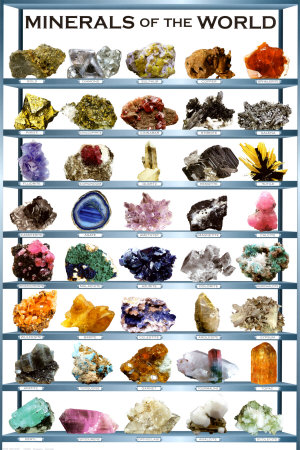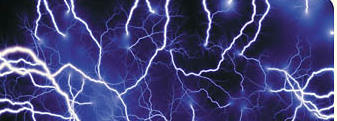|

|
These are the natural
resources found in the mother earth and cannot be renewed. They are also present in
the organisms as both in the form of organic as well as inorganic forms. The
calcium, phosphorous, sodium, chlorine and sulphur are the major minerals that you
can find in almost all living organisms and small traces of iron, copper, cobalt,
zinc, fluorine and selenium can also be found.
|
| Minerals Sources Plant
Kingdom |
|
The minerals in the Plant Kingdom are divided into micro and macro
nutrients.The macro nutrients consist of calcium, magnesium, sulphur and iron
whereas the micro nutrients comprises of the manganese, cobalt, zinc and chlorine.
They are present almost everywhere in the world, in some places they are in bulk
and at other parts of the earth only traces can be found. It depends on the
geography and also the topography of a place. Their distribution is totally unequal
for example India is rich in coal, manganese, iron, chromites and mica.It is
deficit in gold, silver and nickel etc.
|
|
In North America there is abundance of molybdenum but deficit
of tin, manganese. However the deficit minerals can be found in abundant in
INDONESIA and MALAYSIA as in SOUTH AFRICA more amount of gold and uranium resources
can be found here.
|
|

|
|
New projects are continuously being taken up by different
companies to explore the new sources of energy as because the minerals contribute
to most for our fuel demands
|
| Mineral Sources
Geographic Interest |
|
Mineral resources are of geographic interest and not of
economic interest because public safety is also most important. If we are consuming
the minerals in same rate then there would be a great deficit of mineral resources
in a century almost all the countries are taking proper measures to protect their
natural resources and are also trying their best for alternate type of fuels and
they are also succeeding in their experiments but still they are working with their
full efficiency.
|
| Search our Web site for more information on Mineral
Sources. |